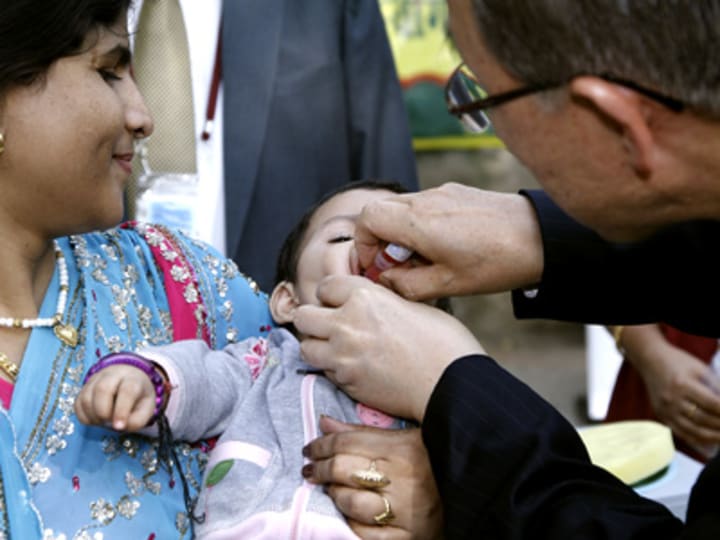
In a joint action plan, the United Nations is aiming to put maternal and child health high on the international development agenda in a bid to rein in maternal mortality cases. U.N. Secretary-General Ban Ki-Moon stressed that the action plan must underscore the need for coordination and evidence-based interventions among all stakeholders, developed and developing countries, civil society actors, private businesses, philanthropic institutions and the multilateral system. The action plan will also provide a platform for new commitments and enforce accountability.“Make no mistake, all of us must do more, Member States, civil society, the business community, the private sector, foundations, NGOs (non-governmental organizations), the United Nations,” Ban said in a news release.Canada welcomed the U.N.’s joint action plan in improving maternal and newborn health worldwide.“We fully support the need to focus on mothers and children as matters of urgency. The G8 initiative on maternal, newborn and child health can help make a tangible difference in saving the lives of mothers and young children in developing countries and will be complementary to the efforts led here by Secretary-General Ban-Ki-moon,” Canadian Minister of International Cooperation Beverley Oda said in a press release.Medical journal The Lancet has recently published maternal and child health statistics, noting a significant decrease in the number of women dying from pregnancy and childbirth annually from 526,300 in 1980 to 342,900 in 2008, The New York Times reports. The improvement in figures can be attributed to lower pregnancy rates in some countries, improved access to nutrition, health care and education, and more “skilled attendants” for childbirth. American economist William Easterly, meanwhile, raised some concerns about how the figures were presented, asking why the report used an absolute number instead of a maternal mortality rate, and made global estimates “rather than only for those countries that have the most solid data.”Easterly wrote in an “Aid Watch” blog: “The story cannot simultaneously report ‘more and better data’ and report a trend ‘drop,’ since the new numbers will not be comparable to the old ‘less and inferior’ data. We can’t know from this story what part of the change is due to change in methods, and which is real.”




